Is Equipment a Current Asset? No, It’s a Noncurrent Asset
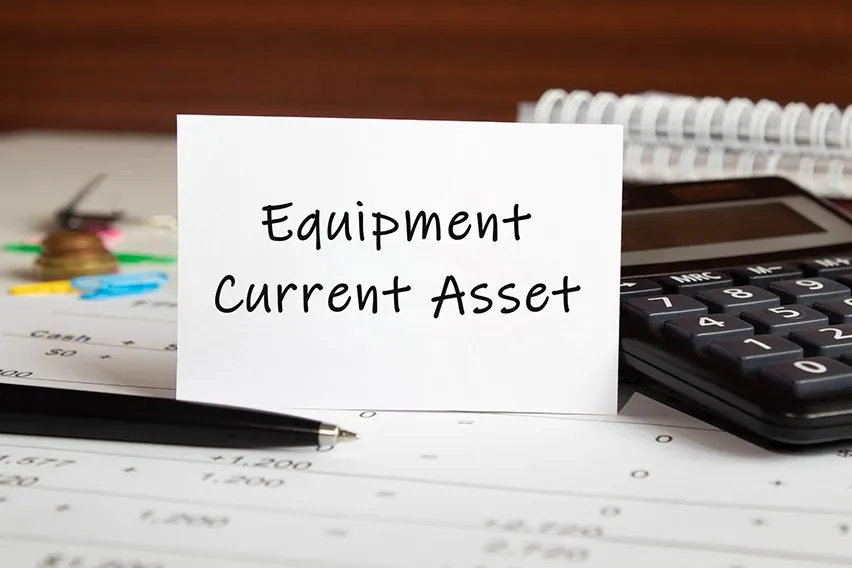
Equipment is not a current asset, it is classified in accounting as a “Noncurrent asset”. Noncurrent assets, such as buildings and equipment, are assets needed in order for a business to operate, with no expectation that they will be sold or converted to cash. Noncurrent assets are also referred to as “Fixed Assets”.
Here’s What We’ll Cover:
What Is the Difference Between Current and Noncurrent Assets?
Is Equipment on the Balance Sheet?
What Comes Under Current Assets?
What Comes Under Noncurrent Assets?
Are Noncurrent Assets Depreciated?
Are Current Assets Depreciated?

What Is the Difference Between Current and Noncurrent Assets?
A current asset is defined as cash, short term investments or an asset (like inventory) that can be converted into cash within one year.
Noncurrent assets are assets needed for a business to operate and generate revenue.
Is Equipment on the Balance Sheet?
Yes, equipment is on the balance sheet. It is listed under “Noncurrent assets”. Noncurrent assets are added to current assets, resulting in a “Total Assets” figure.
What Comes Under Current Assets?
Current Assets are cash or items that can easily be converted into cash. They include:
- Cash
- Foreign Currency
- Investments
- Prepaid Expenses
- Accounts Receivable
- Inventory (products for sale)
Items on the balance sheet will normally be listed in order of liquidity (the speed at which an asset can be converted to cash). This explains why cash is always at the top of a balance sheet, because nothing is required of it and it can be used immediately to pay expenses.
What Comes Under Noncurrent Assets?
Noncurrent assets are assets that are not expected to be sold. They include:
- Investments (including land)
- Buildings
- Machinery and equipment
- Vehicles
- Intangible Assets (assets with no physical presence, such as patents)

Are Noncurrent Assets Depreciated?
Yes, with the exception of land and intangible assets (which would be amortized, if necessary), noncurrent assets depreciate. This means for every year after purchase, the value of a building, a piece of machinery, a vehicle, etc., reduces.
The reason for this depreciation in accounting is that larger expenses are considered “capital” costs. Capital costs are purchases that are so expensive, they would offset a company’s profit dramatically if the total amount of the expense was claimed on the company’s income taxes for the same year it was purchased.
To solve this problem, a portion of the expense is spread out over a number of years instead. Expenses accounted for in this way are known as “capital expenditures”.
Let’s use an example. Peter’s Popcorn makes a number of flavored popcorn products for distribution in groceries stores in the eastern United States. Peter makes a purchase of a very expensive machine for use on the plant floor, which will speed up the flavoring process and reduce production time in the future. The machine costs $400,000 and Peter’s profits for the year are $500,000. If Peter expenses the entire cost of the machine in the same year he purchased it, the company’s financial statements will show to anyone who reads them that his profit was only $100,000 for the year.
This may not seem so bad, as Peter’s Popcorn will not have to pay as much corporate taxes when filing. However, Peter is trying to draw investors to his company, but this low profit amount may make them decide to invest elsewhere. So, Peter capitalizes the cost instead, to give these potential backers a better indication of his company’s true potential for profit.
Depreciation counts as an expense on a company’s financial statements. You will see it listed on a balance sheet, under noncurrent assets, as “Accumulated Depreciation”.
Are Current Assets Depreciated?
No, current assets are not depreciated. This is because of their short-term life.
RELATED ARTICLES

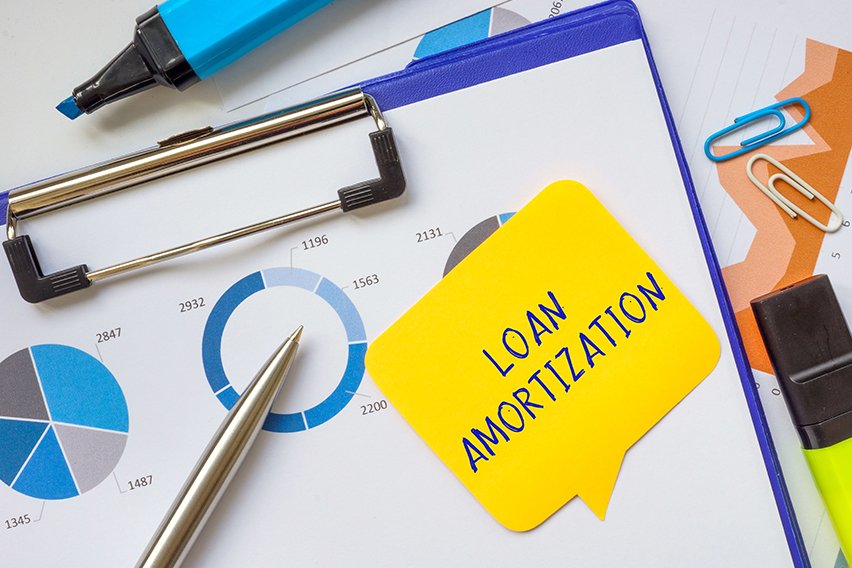 What Is Amortization?
What Is Amortization?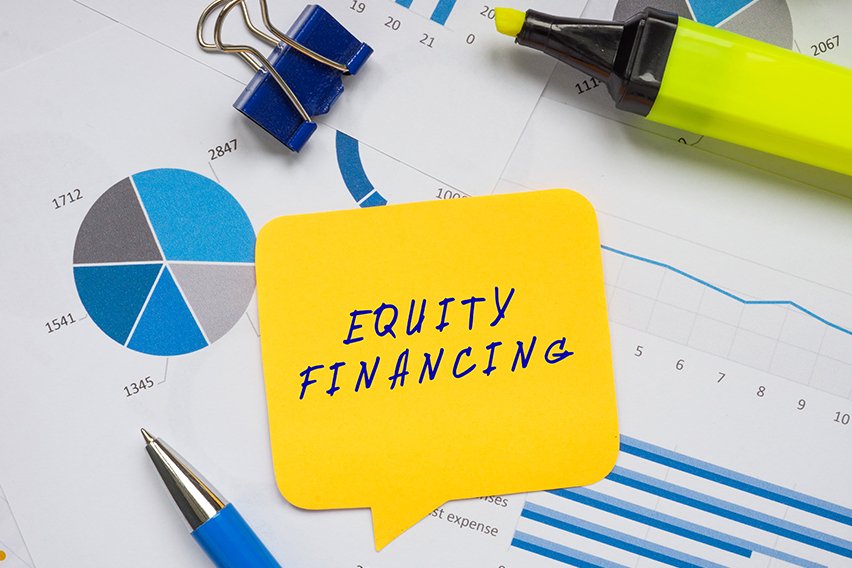 What Is Equity in Accounting: Everything You Need to Know
What Is Equity in Accounting: Everything You Need to Know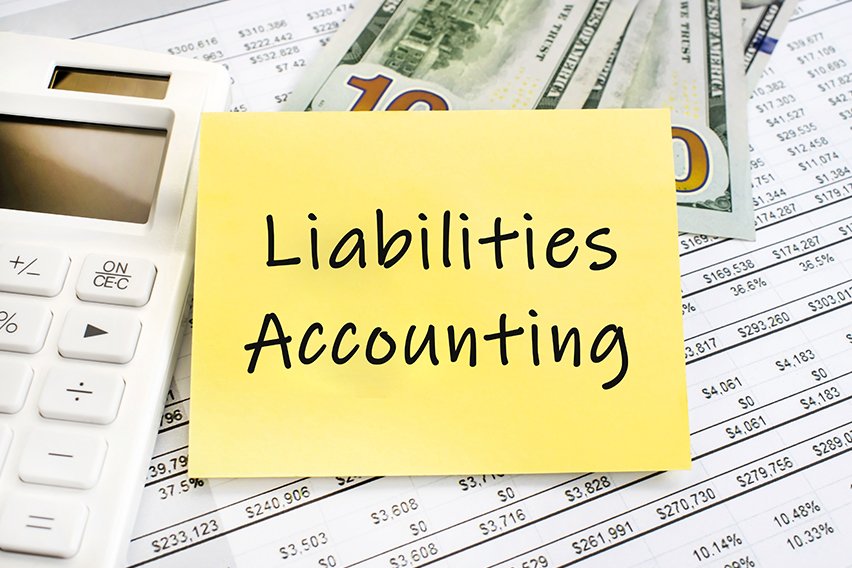 What Are Liabilities in Accounting?
What Are Liabilities in Accounting?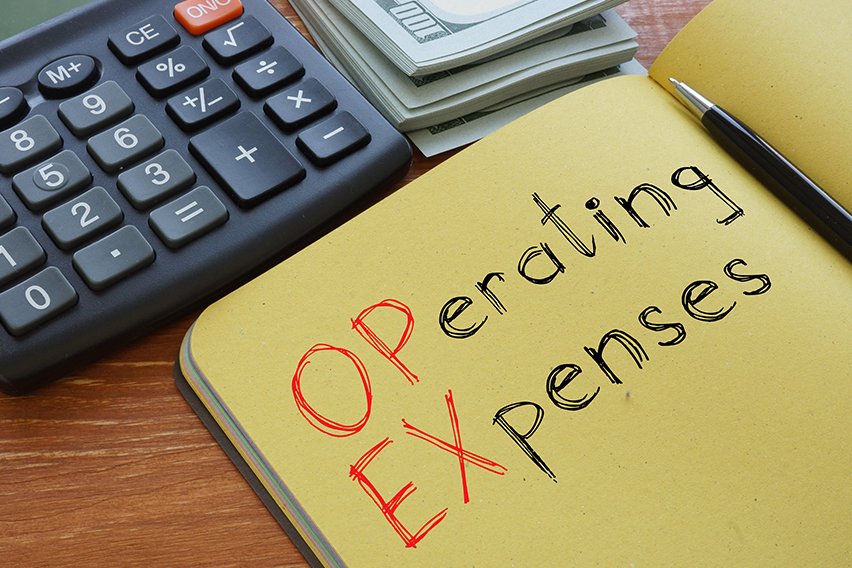 Is Depreciation an Operating Expense?
Is Depreciation an Operating Expense?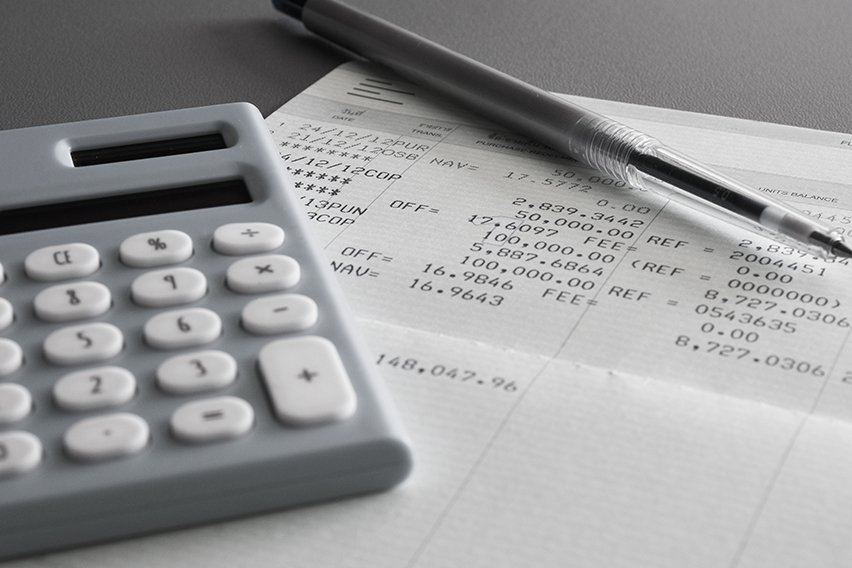 What Is a Statement Of Account: Definition, And Sample Formats
What Is a Statement Of Account: Definition, And Sample Formats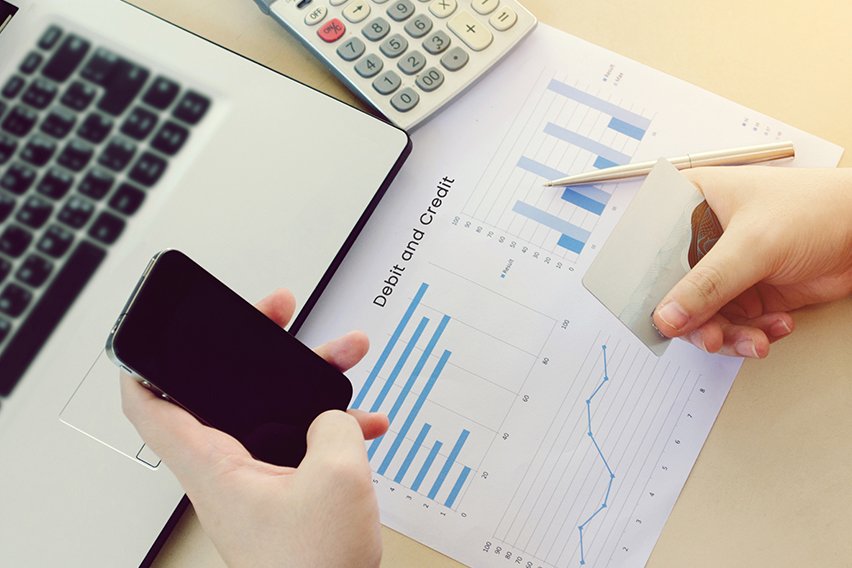 Debit vs Credit: What’s the Difference?
Debit vs Credit: What’s the Difference?